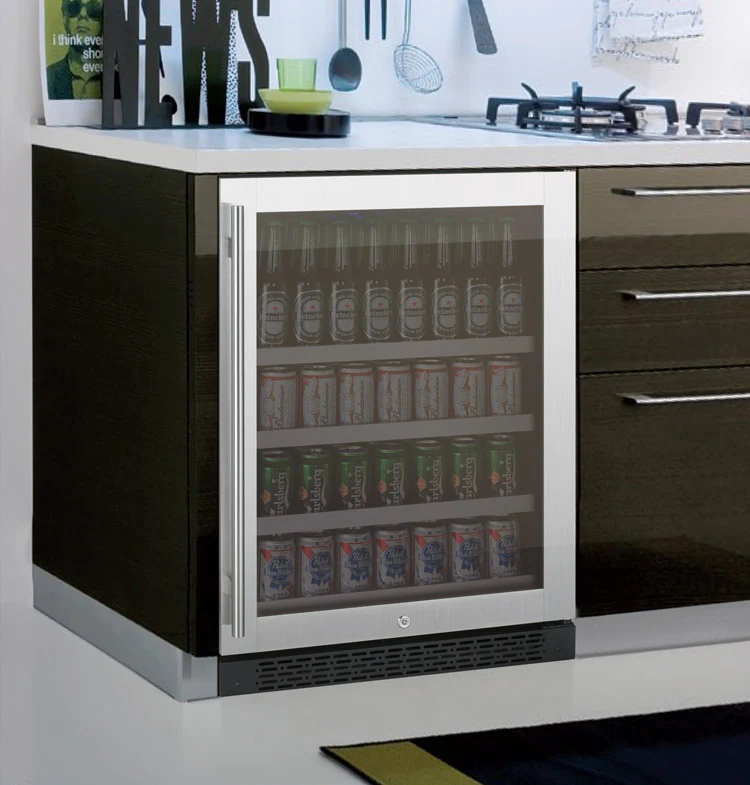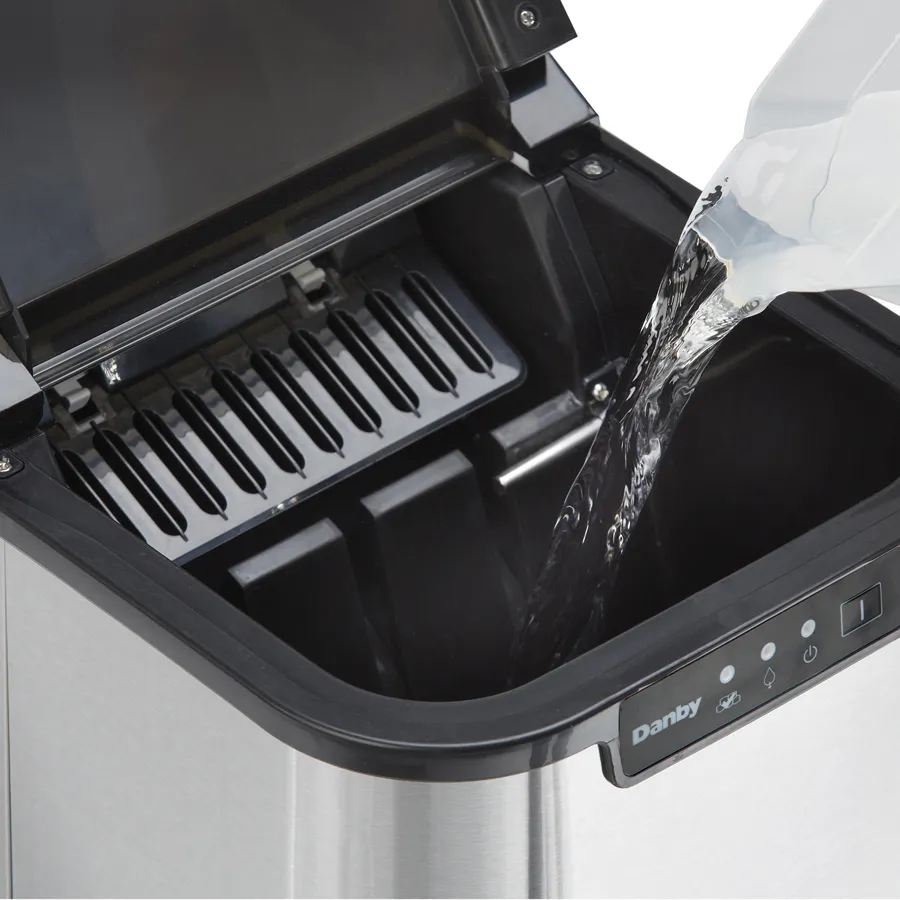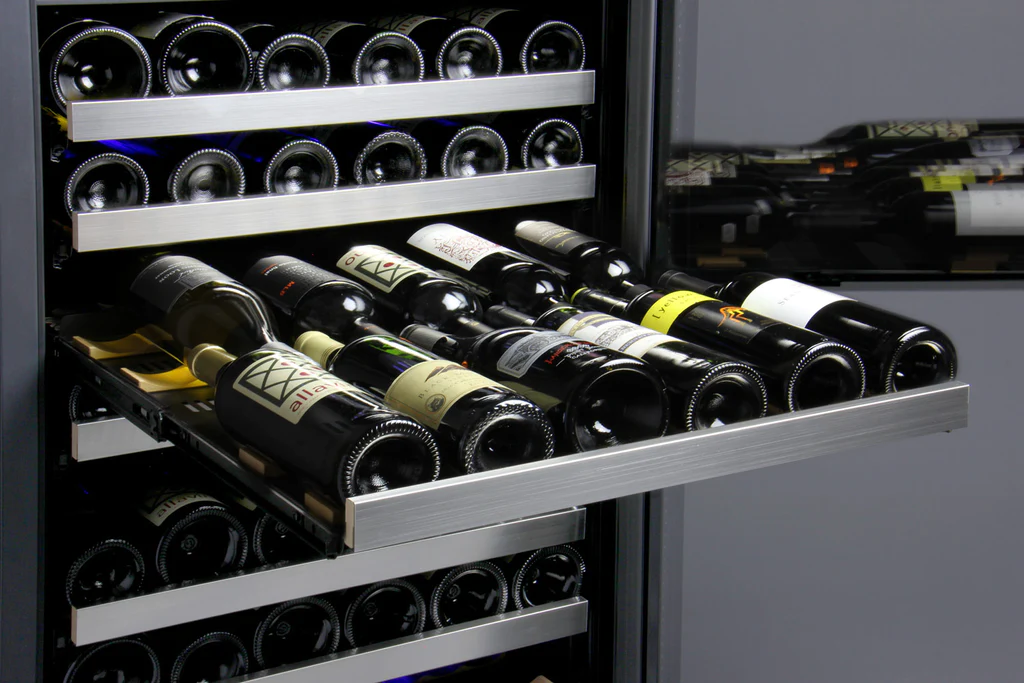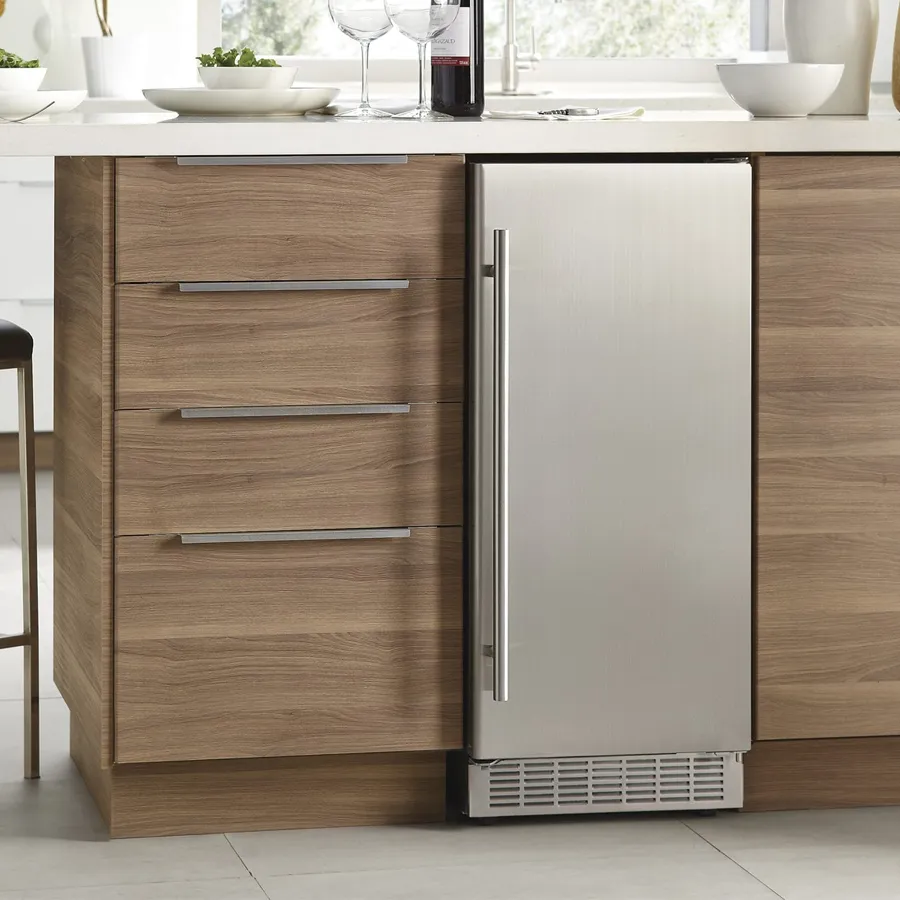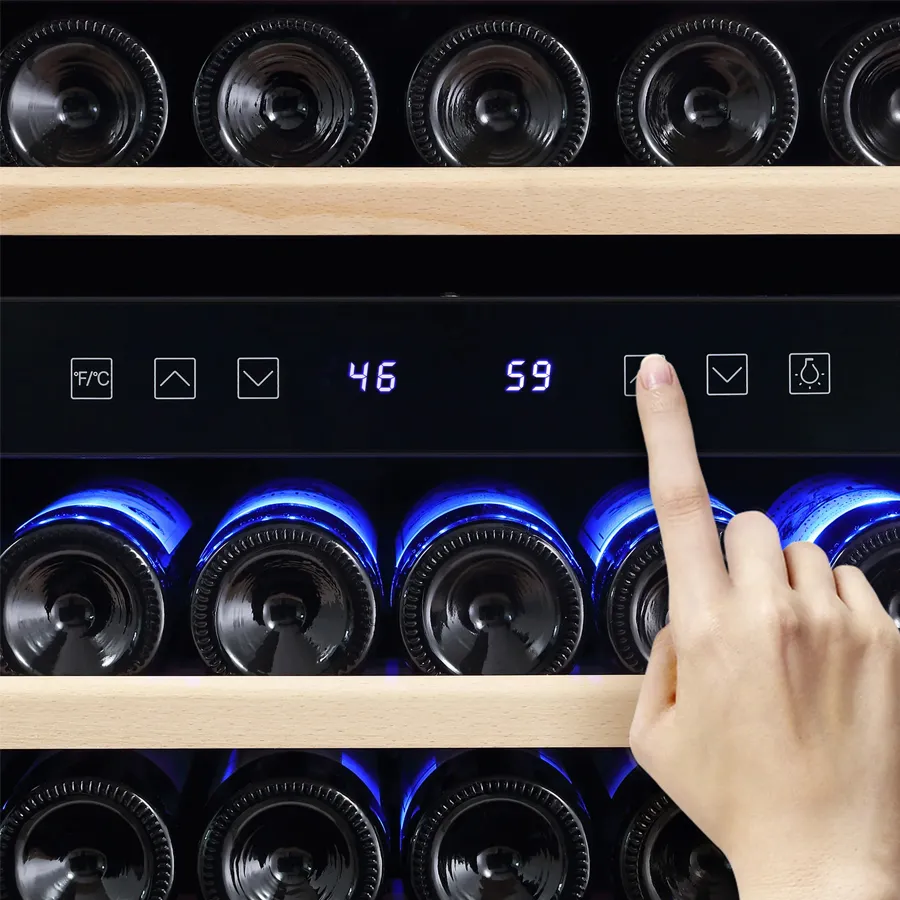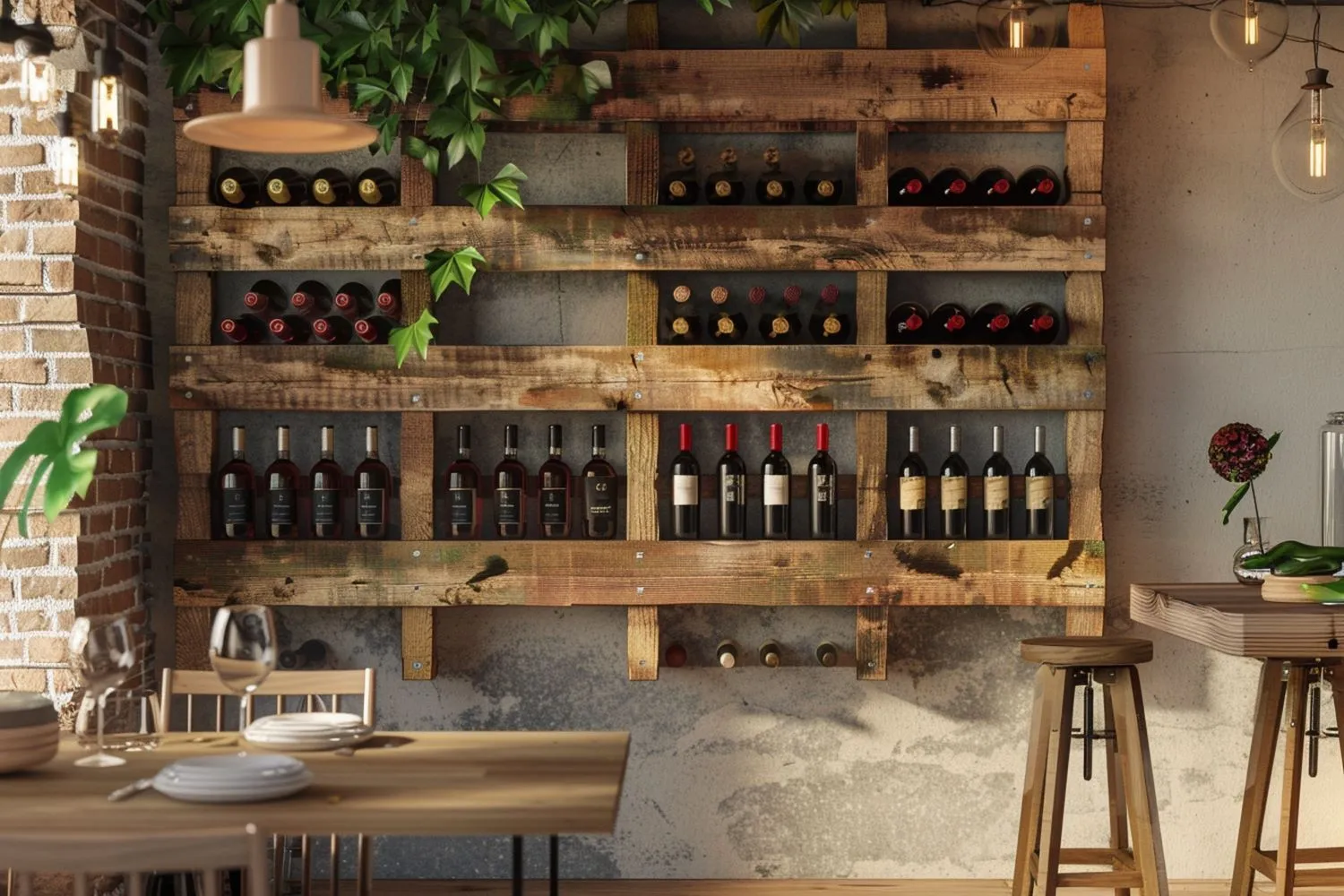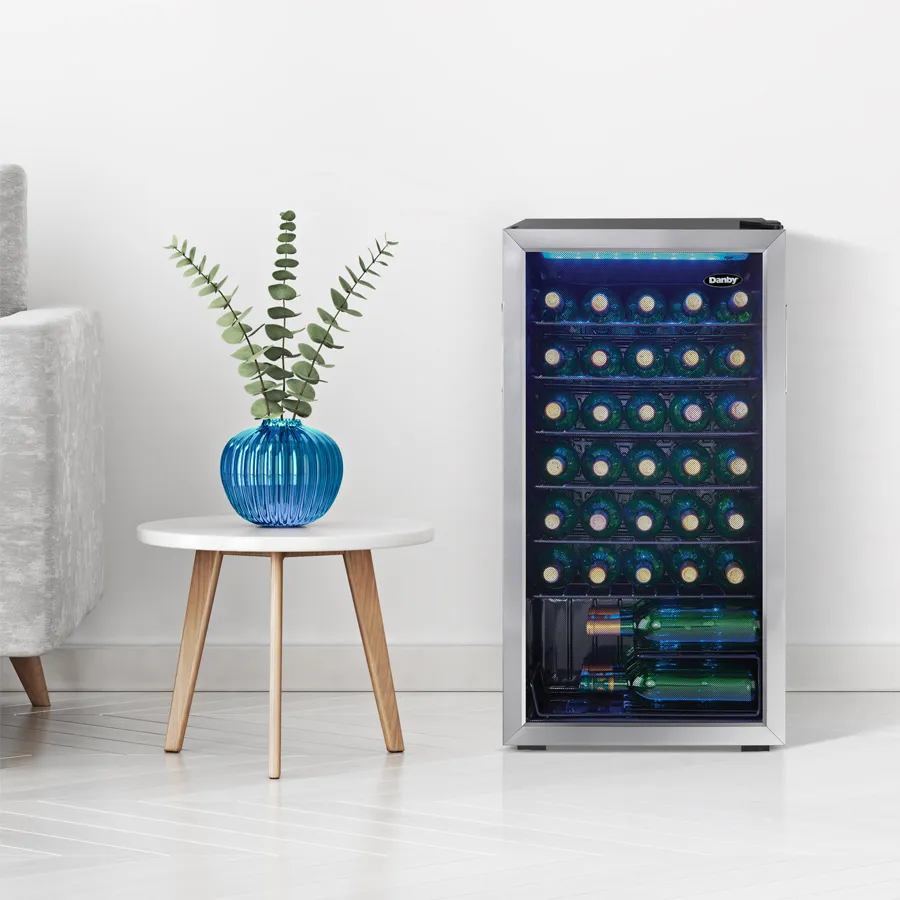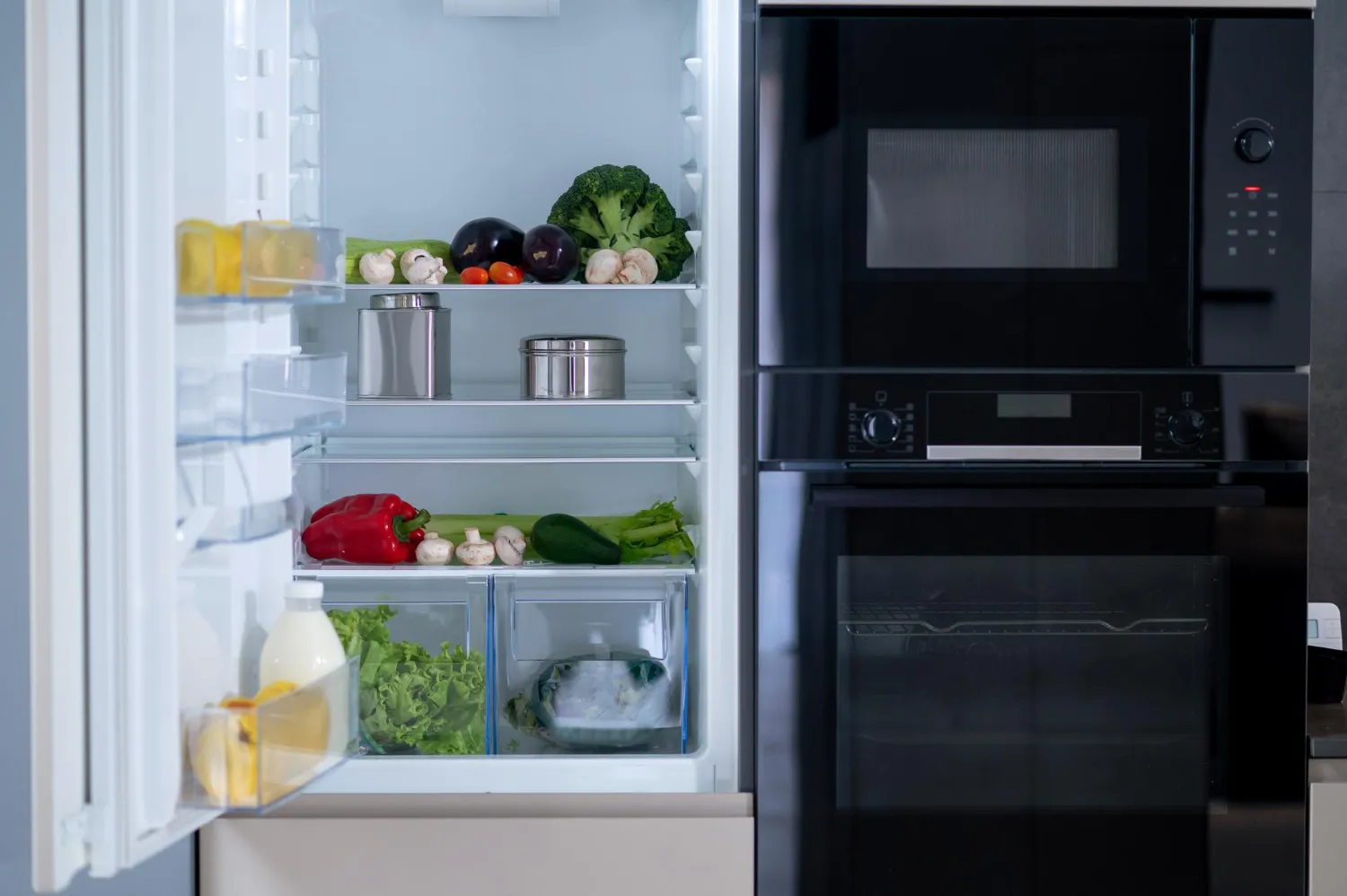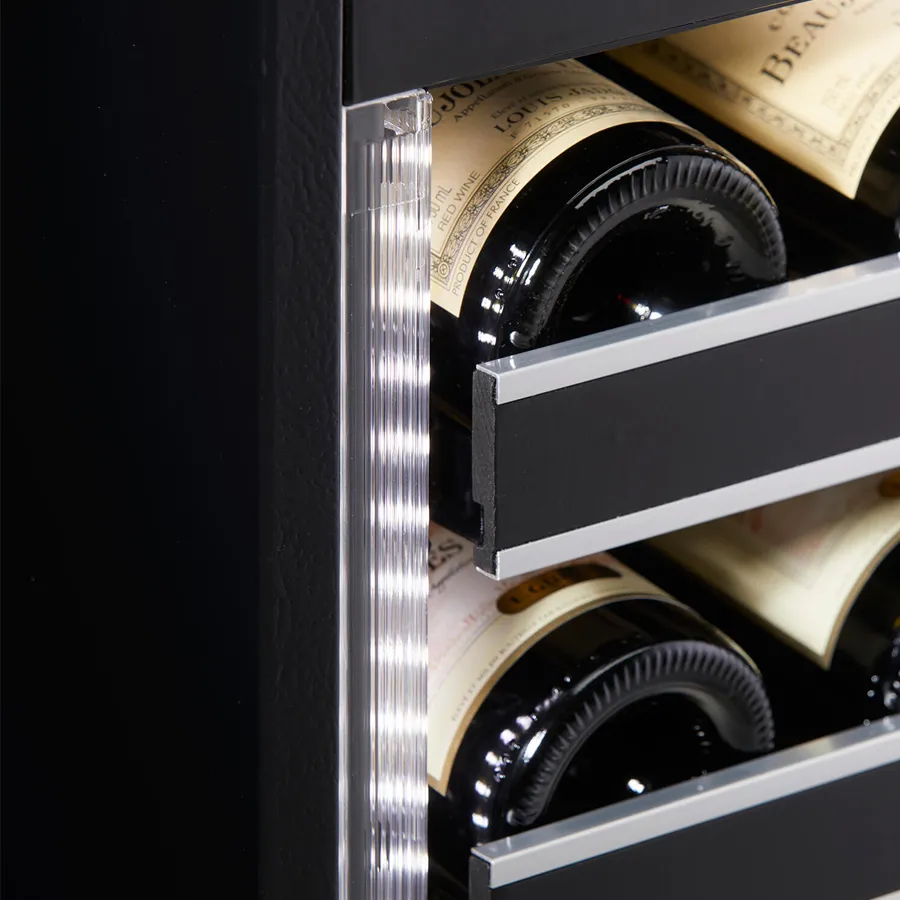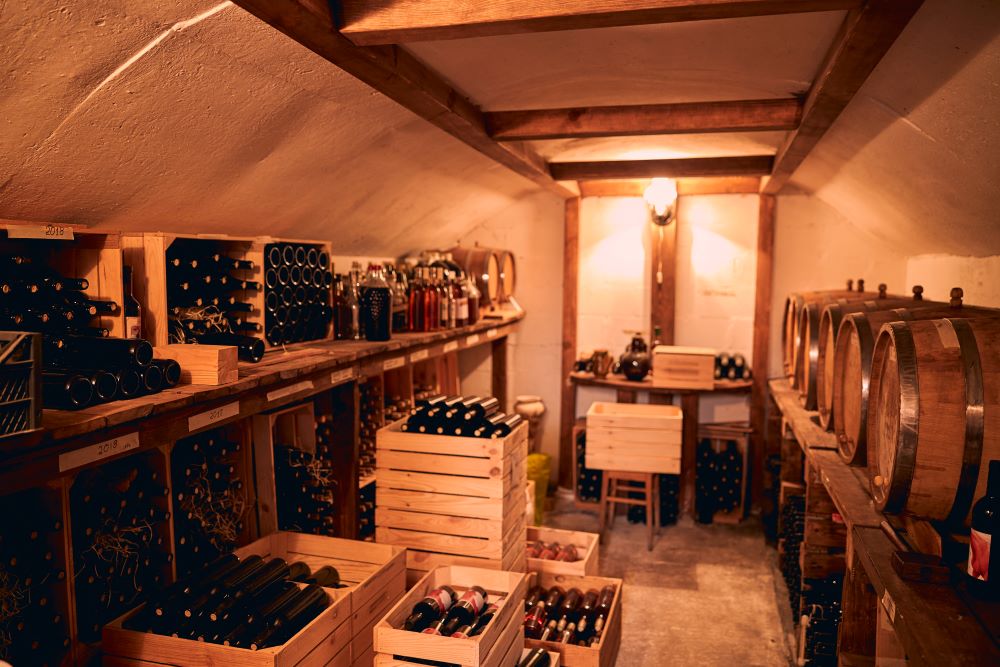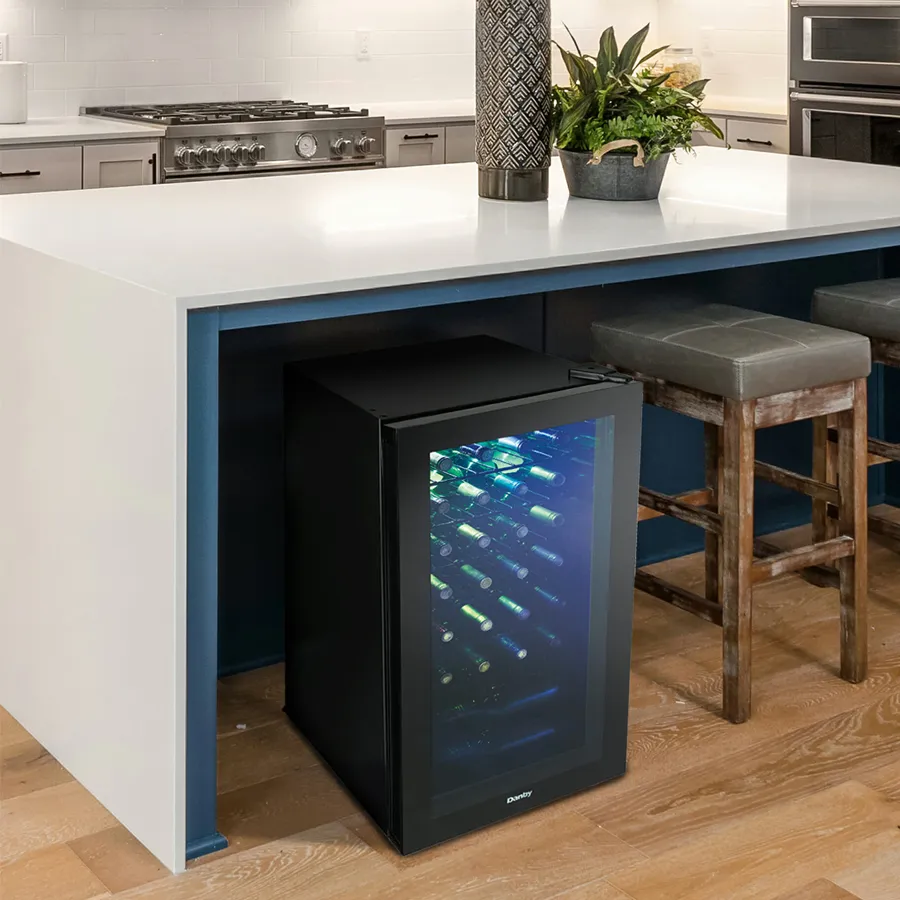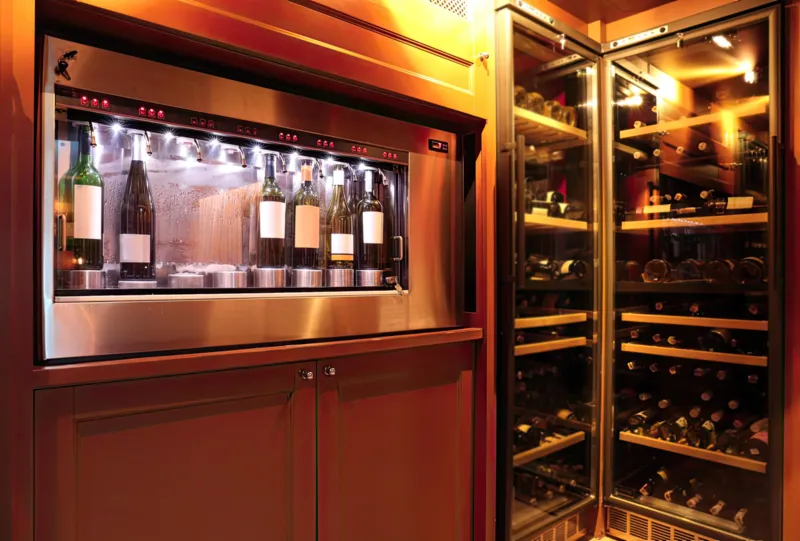If you conduct any research into the world of commercial ice machines, you will inevitably come across the discussion regarding the relative merits of air-cooled vs water-cooled devices. The fundamental distinctions and advantages of each type of ice machine are essential knowledge for any restaurant owner, bar manager, or person in the market for an ice machine. In this article, we will compare and contrast the benefits of air-cooled and water-cooled ice machines to help you choose the model that is most suited to your demands and budget.
Basics of Air-Cooled Ice Machines
The operation of an air-cooled ice machine is based on the principle of using air to disperse heat, as opposed to water. This type of ice machine is a popular choice for many businesses due to its relatively simple installation and lower water usage compared to water-cooled models.
How Air-Cooled Ice Machines Work
The air-cooled ice machine operates by drawing in air from the surrounding environment and using it to cool the condenser, which in turn removes heat from the refrigerant. The cooled refrigerant is then used to freeze water into ice, and the excess heat is expelled back into the surrounding air. This continuous cycle allows the ice machine to produce ice efficiently without the need for a constant water supply.
The Benefits and Drawbacks of Air-Cooled Ice Machines
Advantages:
- Easier Installation and Operation: Air-cooled machines boast simpler structures, facilitating easier installation without the need for intricate water pipe connections.
- Low Water Consumption: With air as the cooling medium, these units eliminate the need for additional water, contributing to both cost savings and environmental friendliness.
- Affordability: Air-cooled machines, being more common and straightforward, come with a lower initial price point compared to their water-cooled counterparts.
Disadvantages:
- Climate Dependency: Efficiency is contingent on a fairly climate-controlled environment. In hot zones lacking proper ventilation, these units may struggle, impacting overall performance.
- Contamination Risk: There is a slight increase in contamination risk due to the air intake potentially carrying dust and contaminants. Proper unit placement and regular maintenance are crucial to mitigate this risk.
- Temperature Impact: The released air can raise the temperature in the kitchen, potentially taxing the air conditioning system. Strategic unit placement is advised to prevent interference with other cooling units.
Water-Cooled Ice Machines
Some of the most commonly used ice machines in the food and beverage industry are water-cooled ice machines. These machines are designed to use water to remove the heat produced during the ice-making process, providing an efficient and reliable method for producing large quantities of ice.
Functionality of Water-Cooled Ice Machines
Water-cooled ice machines operate by using water to cool down the condenser and remove the heat produced during the ice-making process. As water circulates through the condenser, it absorbs the heat and carries it away, allowing the ice machine to continue operating efficiently. This method of cooling is highly effective, especially in areas where ambient air temperature is high and air-cooled machines may struggle to maintain optimal operating conditions. However, it is important to note that water-cooled ice machines require a continuous water supply, making them less practical in areas with water scarcity.
Advantages and Disadvantages of Water-Cooled Ice Machines
Advantages:
- Climate Independence: Water-cooled systems can operate effectively in any environment, regardless of climate conditions, offering a consistent performance advantage.
- Quieter Operation: Without the fans present in air-cooled units, water-cooled machines operate more quietly, contributing to a quieter working environment.
- Lower Electricity Bills: These systems typically result in lower electricity bills as they rely on water consumption rather than electricity for cooling.
Disadvantages:
- Significant Water Consumption: Water usage is considerably higher, approximately five times more than air-cooled models, posing both environmental and cost concerns.
- Harder Installation: Installation is more complex, requiring connections to an outlet for continuous water circulation. Additional expenses may be incurred in the absence of a recirculating water system.
- Local Codes and Restrictions: Some local governments restrict or prohibit water-cooled ice machines due to their substantial water consumption. Compliance with local regulations is essential.
Comparative Analysis of Air-cooled vs Water-cooled Ice Machines
Despite the similar end product they produce, air-cooled and water-cooled ice machines have significant differences in their design and operation. To help you better understand these differences, let’s compare the two types of ice machines in terms of their efficiency and cost.
Efficiency Comparison
Both air-cooled and water-cooled ice machines have their advantages and disadvantages. Ice makers that use air to remove heat are more water-efficient overall since they use less of the precious resource. However, ice machines that use water for cooling can work better in warmer climates since they are not dependent on the ambient air temperature. This feature may prove especially useful in hot environments like kitchens.
One key consideration in terms of efficiency is the environmental impact. Air-cooled ice machines use more electricity, which can contribute to higher energy consumption and greenhouse gas emissions. Water-cooled ice machines, on the other hand, can be water-intensive, potentially leading to higher water usage and waste. It’s important to weigh the trade-offs and consider the environmental implications when choosing between the two.
Cost Analysis
Air-cooled ice machines often have a smaller initial investment than their water-cooled counterparts. Companies on a tighter budget may find this a compelling selling point. However, it’s crucial to consider the long-term operational costs as well. More energy is required to run an air-cooled ice machine, which could increase monthly power costs. On the other hand, water-cooled ice machines may have lower energy costs but can incur greater water usage prices.
It’s also important to factor in the cost of maintenance and repairs. Air-cooled ice machines may require more frequent cleaning and maintenance to ensure optimal performance, while water-cooled ice machines may need regular checks and adjustments to prevent water wastage and ensure efficient operation. Consider all these factors when evaluating the overall cost of ownership for each type of ice machine.

